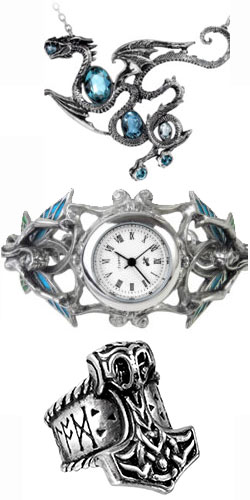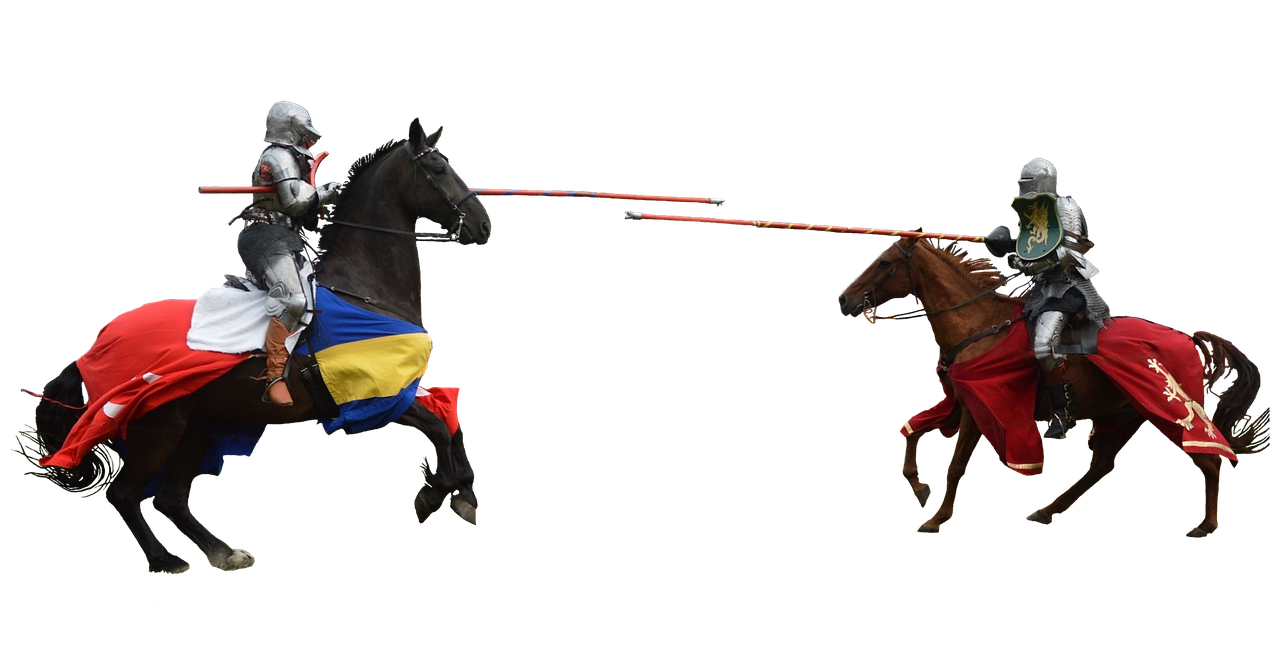How to Dress Renaissance
Renaissance Armor Was Not Just For Times Of War
Usually, when we think about armor, we think about knights battling each other with swords or jousters dressed in full body metal suits. When you consider the injuries that could result from being hit with a sword or a jousting lance, you understand the primary reason for wearing suits of armor. When at war, the protection afforded by these metal “suits” was vital if you wanted to survive for more than a few minutes on the battlefield. They were however, often heavy and difficult to move about in, which was important if you wanted to avoid falling over, which could be the end of your life when you found it impossible to get back on your feet.
Did you know that armor was also very helpful when hunting animals like wild boar who were know to charge the hunter with razor sharp tusks ready to dispatch them quite effectively? Armor was also necessary if hunting other aggressive game such as bears. Once weapons such as the crossbow were invented, and hunters did not need to get so close to their targets, armor became lighter and more specialized with plates that protected specific body parts such the throat, head and heart. As weapons became more sophisticated body armor became less important.
Eventually, Renaissance armor was used primarily for tournaments and for ceremonial purposes, with specialized design elements incorporated that would, for instance, protect hands during jousting tournaments. In fact, armor began to be designed for very specific tasks or circumstances and became much more adaptable so it could be used either in battle or in tournaments. You can still see many of those design elements in sports equipment today such as, helmets, shin guards and shoulder pads.
The armor worn during the Renaissance was being used mostly for ceremonial purposes. They were often very elaborately decorated and were meant to give the wearer a sense of glory and virtue such as what was bestowed upon successful warriors during medieval times. Think of those shields that were decorated with gold and jewels and were so heavy they would actually be a hindrance during a real battle situation. Eventually, armor became more symbolic instead of useful or necessary and was only seen during court processions or for dramatic effect in paintings of important men of the time.
When you are thinking about attending the Renaissance fair this year and want to accompany your princess dressed as her Knight in Shining Armor, count on us to have the perfect costume elements that will bring your look together.


